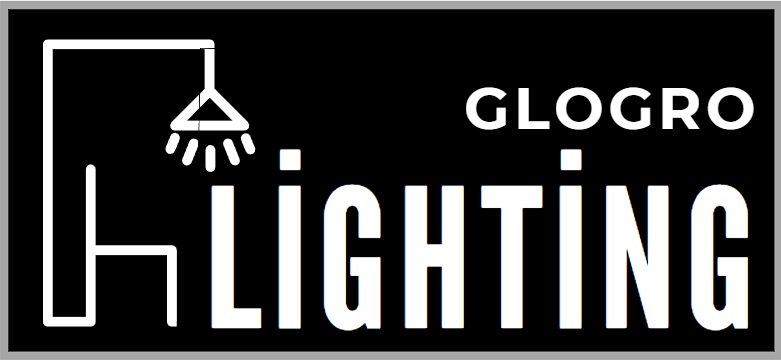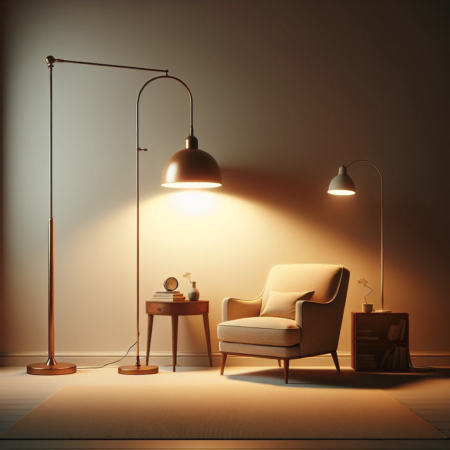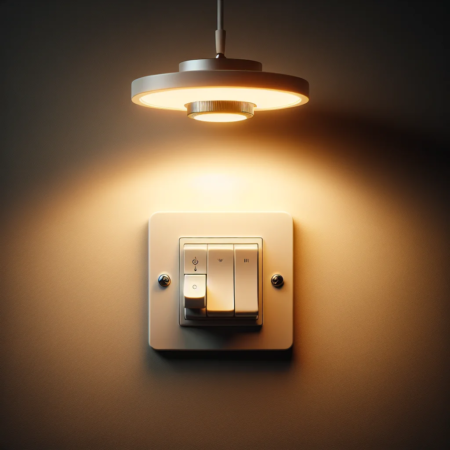Check out this Youtube video: Learn how to add ceiling lights in Revit with this helpful tutorial on Ceiling Integrated Light Revit Family, it’s a must-watch for anyone looking to enhance their Revit skills!

Contents
Understanding the Basics of Lighting in Revit
Defining ceiling lights in Revit Ceiling lights in Revit, also known as light fixtures, are essential components used to illuminate interior spaces. These fixtures are highly customizable and can be placed directly within the ceiling or suspended from it, contributing to the ambiance and functionality of the designed space.
Different types of ceiling lights available in Revit
- Standard Ceiling Light Fixture: This type of light fixture is commonly utilized for general illumination. It provides even and widespread lighting and is suitable for a variety of room types.
- Recessed Ceiling Light Fixture: Recessed fixtures are installed directly into the ceiling, creating a seamless and unobtrusive lighting solution. They are ideal for spaces where a clean and modern look is desired.
- Surface-Mounted Ceiling Light Fixture: Surface-mounted fixtures are attached to the ceiling’s surface, offering flexibility in design and providing ample illumination while serving as an aesthetic element in the space’s decor.
How ceiling lights contribute to the overall lighting design in Revit
Ceiling lights play a crucial role in the overall lighting design in Revit by providing functional and atmospheric illumination. They contribute to the overall ambiance, visibility, and aesthetics of a space, enhancing the architectural and interior design.
By strategically placing and configuring ceiling lights, designers can create visually appealing environments while also meeting the specific lighting requirements of different areas within a building.
How to Add Ceiling Lights in Revit
First, navigate to the Home tab and select the Component tool. Then, choose the desired lighting fixture category such as ceiling or wall-mounted from the drop-down menu. After selecting the category, click on the specific fixture type from the drop-down list. Yes, it is important to place instances of the lighting fixture in desired locations within the drawing area by selecting the lighting fixture from the Project Browser and clicking to place it in the desired location. Finally, ensure proper hosting to the ceiling by confirming that the lighting fixture is correctly attached or ‘hosted’ to the ceiling element and seamlessly integrated with it.
Selecting the appropriate lighting fixture from the Type Selector
To select the appropriate lighting fixture from the Type Selector in Revit, first, navigate to the Home tab and select the Component tool. Then, from the drop-down menu, choose the desired lighting fixture category such as ceiling or wall-mounted. After selecting the category, click on the specific fixture type from the drop-down list. Ensure to choose one that is compatible with the project’s design and lighting requirements, considering factors such as lumens, color temperature, and fixture style.
Next, adjust the fixture properties, such as fixture shape, size, and other parameters to ensure it meets the project’s lighting needs. You can do this by selecting the type of fixture and making necessary adjustments in the Properties palette to customize the lighting fixture according to the specific project requirements.
Placing instances of the lighting fixture in desired locations in the drawing area
To place instances of the lighting fixture in desired locations within the drawing area, navigate to the desired location in the Revit project where the light fixture is to be placed. Then, select the lighting fixture from the Project Browser and click to place it in the desired location.
Ensure to position the fixture accurately and align it with the ceiling grid or any other reference point within the space.
Furthermore, accurately adjust the orientation and rotation of the lighting fixture to achieve the desired lighting effect and distribution within the project space. For example, in large open spaces, it may be necessary to place fixtures at specific intervals to achieve balanced and evenly distributed illumination.
Ensuring proper hosting to the ceiling for the lights
After placing the lighting fixture, ensure proper hosting to the ceiling by selecting the fixture and confirming that it is correctly attached or ‘hosted’ to the ceiling element. To ensure secure hosting, ensure that the lighting fixture is aligned with the ceiling and properly integrated into the structural elements, to avoid any potential clashes or misalignments during the construction phase.
Moreover, conduct a visual inspection and review the lighting fixture’s placement to confirm that it is seamlessly integrated with the ceiling and is providing the intended lighting effect without any obstructions or visual inconsistencies.
Tips and Tricks for Optimizing Ceiling Lights in Revit
Yes, using Revit’s Ceiling Plan view to plan the placement of lighting fixtures is essential, as it allows for precise adjustments to achieve balanced and effective lighting within the space. Adjusting the properties and parameters of ceiling lights in Revit is crucial for creating the desired lighting effects and ambiance, enabling you to fine-tune the color, intensity, and behavior of the light sources. Troubleshooting common issues, such as the inability to place a light fixture in the ceiling, involves ensuring that the Ceiling Plan view is active and visible before attempting placement, and being mindful of the lighting fixture’s placement in relation to the ceiling elements in the model to prevent constraints.
In architectural design, optimizing ceiling lights in Revit is essential for achieving the desired lighting effects and creating a welcoming and comfortable environment. Proper lighting not only illuminates a space but also contributes to the visual appeal of the design, enhancing the aesthetics and setting the ambiance. By understanding the nuances of light metrics and utilizing tools like Revit 2022 Lighting Analysis, valuable insights into lighting distribution, levels, and impact can be attained, contributing to the creation of a truly immersive and enriching architectural experience.
Utilizing the best practices for positioning ceiling lights for optimal lighting design
When positioning ceiling lights in Revit for optimal lighting design, it’s essential to consider the spacing, angle, and setback of the lighting fixtures in both 2D and 3D views. To ensure balanced and effective lighting, use the Ceiling Plan view within the Revit Project to plan the placement of lighting fixtures.
This view allows for precise adjustments to the position and brightness of the fixtures, enabling you to achieve the desired lighting effects. Consider the position of the lights in relation to the building elements and the distribution of light throughout the space.*
Adjusting the properties and parameters of ceiling lights for desired effects
In Revit, adjusting the properties and parameters of ceiling lights is crucial for achieving the desired lighting effects. Specify the color and intensity of the light source and leverage predefined curves to control the behavior of dimmed light sources.
For example, incandescent lights typically become warmer as they dim. By fine-tuning these properties, you can create dynamic and adaptable lighting designs that cater to specific requirements.
Experiment with different settings to understand how changes in parameters impact the overall lighting ambiance in the space.*
Troubleshooting common issues when adding ceiling lights in Revit
When encountering issues while adding ceiling lights in Revit, it’s important to troubleshoot common problems effectively. One common issue is the inability to place a light fixture in the ceiling.
This can often be attributed to the ceiling not being visible in the current view. To resolve this, ensure that the Ceiling Plan view is active and visible before attempting to place the light fixture.
Additionally, be mindful of the lighting fixture’s placement with respect to the ceiling elements in the model to prevent placement constraints. By addressing these issues, you can streamline the process of adding and positioning ceiling lights in Revit.*
The importance of proper ceiling lighting in Revit cannot be overstated. It not only illuminates a space but also plays a pivotal role in setting the ambiance and affecting the overall user experience. In architectural design, adequate ceiling lighting is essential as it contributes to the visual appeal of the space, enhancing the aesthetics and creating a welcoming and comfortable environment. Proper lighting can bring out the best in architectural elements, adding depth and dimension to the design, making it a crucial factor in delivering a captivating user experience.
In the realm of architectural lighting, the impact of ceiling lights extends beyond mere illumination. It influences the mood and atmosphere of a space, influencing the behavior and perception of individuals within it. The strategic placement and design of ceiling lights can create captivating patterns, shadows, and visual interest, elevating the architectural design to new heights. Moreover, lighting design can contribute to improving circadian rhythms, enhancing overall mood, and promoting better psychological well-being, making it a crucial component in architectural projects.
When considering the benefits of installing ceiling lights in Revit or any architectural project, it is essential to recognize the biological and psychological impact of lighting on individuals. It goes beyond mere functionality to play a transformative role in enhancing the overall user experience. Effective lighting design can be achieved by understanding the nuances of light metrics and making use of tools like Revit 2022 Lighting Analysis to model and analyze lighting in a comprehensive manner. Through this, one can attain valuable insights into lighting distribution, levels, and impact, contributing to the creation of a truly immersive and enriching architectural experience.
As we reflect on the topic of adding ceiling lights in Revit, it becomes evident that the significance of well-planned lighting goes far beyond mere practicality. It integrates seamlessly with architectural design, influences emotions, and contributes to the creation of spaces that not only fulfill their functional purpose but also evoke a sense of wonder and delight for all who interact with them.





